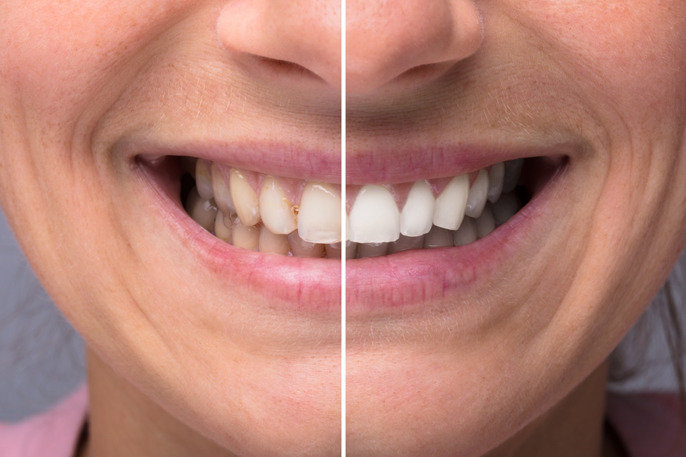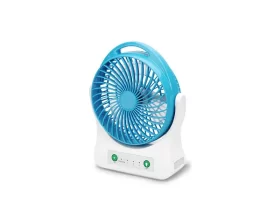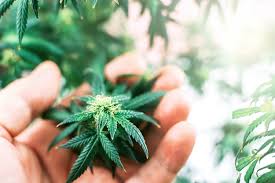Did you know that about 58% of Americans see those with white and perfectly-aligned teeth as more successful?
Needless to say, whitening your teeth isn’t just to grant you healthier teeth, it can actively influence your ability to get the job you want, or even change people’s first impression of you.
If you’ve been looking for more information on how to whiten your teeth, no worries. You’ve come to the right place. Keep on reading for the best seven teeth whitening tips.
1. Whitening Your Teeth 101: Use Whitening Toothpaste
You should be informed of the various chemicals in your whitening toothpaste. Even while bleach may help remove any discoloration, it might have detrimental consequences on sensitive teeth.
Therefore, you’ll want to pick the right whitening toothpaste that can also be gentle on your teeth and protect them from decay.
Whitening toothpaste contains a wide range of substances, including:
- Hydrogen Peroxide
- Mild Abrasives
- Baking Soda
In addition, there’s activated charcoal.
Activated charcoal is an exceptionally active absorbent that binds to toxins present on or between the teeth and also helps to remove stains and whiten the teeth.
It is preferable to ground activated charcoal into a fine powder before using it since it contains a range of natural chemicals. Gently distribute the powder across the teeth with your finger and let it on for a few minutes.
Make sure to keep in mind that these components are typically just useful for removing the top layer of the teeth, and so do not whiten the whole tooth.
2. Avoid Consuming Anything That Stains Teeth
Avoiding foods and beverages that naturally stain your teeth is one of the greatest ways to keep your teeth clean and prevent a trip to the dentist.
Some of the most staining foods and beverages are coffee and tea.
- Red wine
- Coffee and tea
- Tomato sauce
- Fruit juice
- Balsamic Vinegar
- Curry
- Sodas
If you do decide to eat them on a regular basis, consider limiting your intake, washing your mouth with water afterward, or using a straw (for drinks).
3. Consume Less Sugar-Added Foods
Sugary meals may taste good at the time, but they may have a long-term impact on your teeth and dental health.
This is due to the fact that the bacteria in your mouth may react with sugar in food to make acid. When you eat foods that are high in acid, your teeth will become yellow and lose their protective coatings.
Avoid eating a lot of junk food, which is high in added sugars. Crunchy fruits and vegetables (such as apples, celery, and carrots) and dairy products are the ideal foods to consume for whiter teeth.
At the very least, cleaning your teeth at least twice a day is still necessary.
Dentist-Friendly Eating Habits
Having a well-balanced diet rich in vitamins and minerals helps to keep teeth strong and white. If you’re looking for a way to eliminate stains from your teeth, crunchy foods like apples and celery might be helpful.
Tooth enamel may be protected and strengthened by consuming dairy products. Acids in your mouth are caused by the presence of calcium in dairy products such as milk and cheese. This prevents tooth decay and its subsequent discoloration.
You should also stay hydrated throughout the day by drinking lots of water. Food particles are washed away by water. Maintaining a healthy level of hydration also increases saliva production, which aids in the removal of oral germs.
4. Focus on Oral Hygiene
Teeth yellowing is a possibility for everyone as they get older, but this should not be an excuse for poor dental care habits.
Brushing your teeth twice a day, flossing at least once a day, scraping your tongue, and going to the dentist on a regular basis can help you achieve a brighter smile.
When you brush and floss regularly, you avoid the formation of plaque and gum disease, which may lead to tooth loss if it is severe.
5. Quit Smoking
Not only can smoking harm your lungs and heart, but it may also change the color of your teeth.
Since tobacco products like those found in cigars and cigarettes adhere to your tooth enamel’s grooves and holes, this is an issue. Teeth look yellow or brown as a result of the staining caused by their being trapped.
In order to prevent this from occurring, you should cease smoking. Your body and mouth will thank you for the absence of toxins from the environment.
6. Use Custom Teeth Whitening Trays and Products
You may be advised by your dentist to have a custom-made whitening tray created for you.
Using a whitening tray, a lower-strength whitening gel is applied over a period of several weeks in a custom-fitted tray made by the dentist. Because it may get all the way down into the tooth, this results in a more long-lasting effect.
Although results may be seen after only two to three weeks of regular application, more stubborn yellow teeth may take six to eight weeks to whiten.
Talk to your dentist about acquiring whitening trays if this is an option you’re considering.
7. Explore Your Teeth Whitening Options With Your Dentist
In addition to cleaning your teeth, a dentist may advise you on the best method of teeth whitening that can only be performed in the dentist’s office. Additionally, they are able to personalize the shade of white you choose.
It’s best to see the dentist than to use a bleaching solution at home since a dentist can use gauze, retractors, and barriers to protect your tongue, gums, and cheeks from the chemicals in the bleaching solution.
Teeth Whitening Tips: Simplified
Tooth discoloration may be caused by a slew of modern lifestyle factors, but you don’t have to let your oral hygiene or your social life suffer. The yellowing of your teeth will be a thing of the past if you follow the advice and the seven tips on whitening your teeth in this article.
And, if you’re looking for more information on how to take care of your teeth, you should check out our health section for all the extra tips and strategies to keep your teeth healthy and white.











